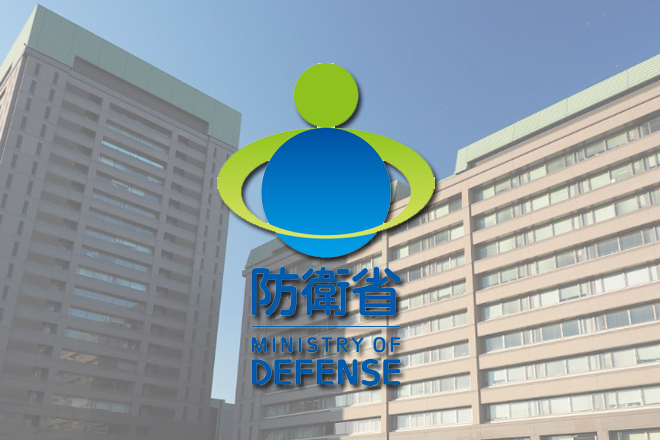Supersonic Glider Bombs under Development in Japan
September 24, 2018
Tokyo- Japan's Defense Ministry is developing supersonic glide bombs to strengthen the defense of remote islands, including the Senkaku Islands in Okinawa Prefecture, southern Japan.
A glide bomb, separated from a missile at a very high altitude, falls at supersonic speed toward the target on ground. It is part of the Ground Self-Defense Force's capability of recapturing invaded or occupied remote islands.
The ministry aims to put glide bombs into practical use in fiscal 2026 by moving up its initial development schedule by about seven years, officials said.
Glide bombs are believed to use mobile launchers. Due to its long range, glide bombs, along with the Air SDF's planned antisurface long-range cruise missiles, may be considered to have an ability to strike enemy bases and raise alarm in neighboring countries.
Propelled by a rocket motor, a glide bomb is separated from a missile at an altitude of several dozen kilometers, glides at supersonic speed in the atmosphere and hits the target on the ground. The high flight speed makes it difficult to intercept the bombs by anti-air firearms. The bombs are expected to be launched from islands around an invaded or occupied remote island.
The ministry is promoting the deployment of GSDF surface-to-ship guided missile units on Okinawa's Miyako and Ishigaki islands in response to the threats of the Chinese military, which has stepped up its activities in the East China Sea, including waters around the Japanese-administered Senkaku Islands, which it claims as its own and calls Diaoyu. The GSDF missile units may be equipped with glide bombs.
The GSDF's amphibious rapid development brigade will be mobilized in the event of a remote island being invaded, and an antisurface strike capability is needed to help an effective execution of the brigade's landing and recapture operations, a senior ministry official said.
The practical use of glide bombs requires a posture control system and a technology to make the bombs withstand the high temperatures caused by friction with the atmosphere during flight.
The ministry aims to develop an early deployment model and an improved one in stages and finish their tests in fiscal 2025, according to the officials.
The ministry started setting aside a budget for research and development on glide bombs in fiscal 2018. It requested 13.8 billion yen in related spending for the next fiscal year from April. Jiji Press
Latest Videos
- THE UNTOLD STORY EXPERT INSIGHTS INTO THE UKRAINE
- NEGOTIATING A NEW ORDER US RUSSIA TALKS ON UKRAIN
- Ukraine: A Pawn in the Geopolitical Game? Will Trump Intervene?
- US VP VANCE CRITICIZES EUROPEAN DEMOCRACIES AT MUNICH SECURITY CONFERENCE
- UNCOVERING THE WEB OF DECEIT: CIA INFILTRATION OF THE MEDIA
- SHIFTING SANDS: TULSI GABBARD’S CONFIRMATION AND THE EVOLVING GLOBAL LANDSCAPE
- FAUCI SCANDAL: A THREAT TO GLOBAL HEALTH AND DEMOCRACY






